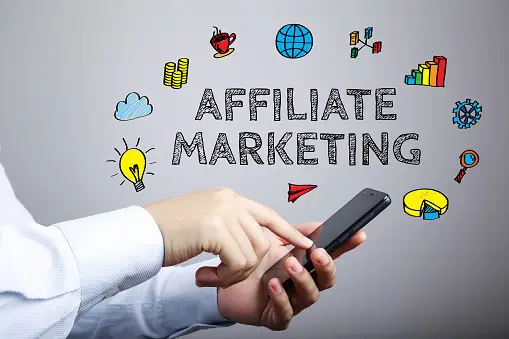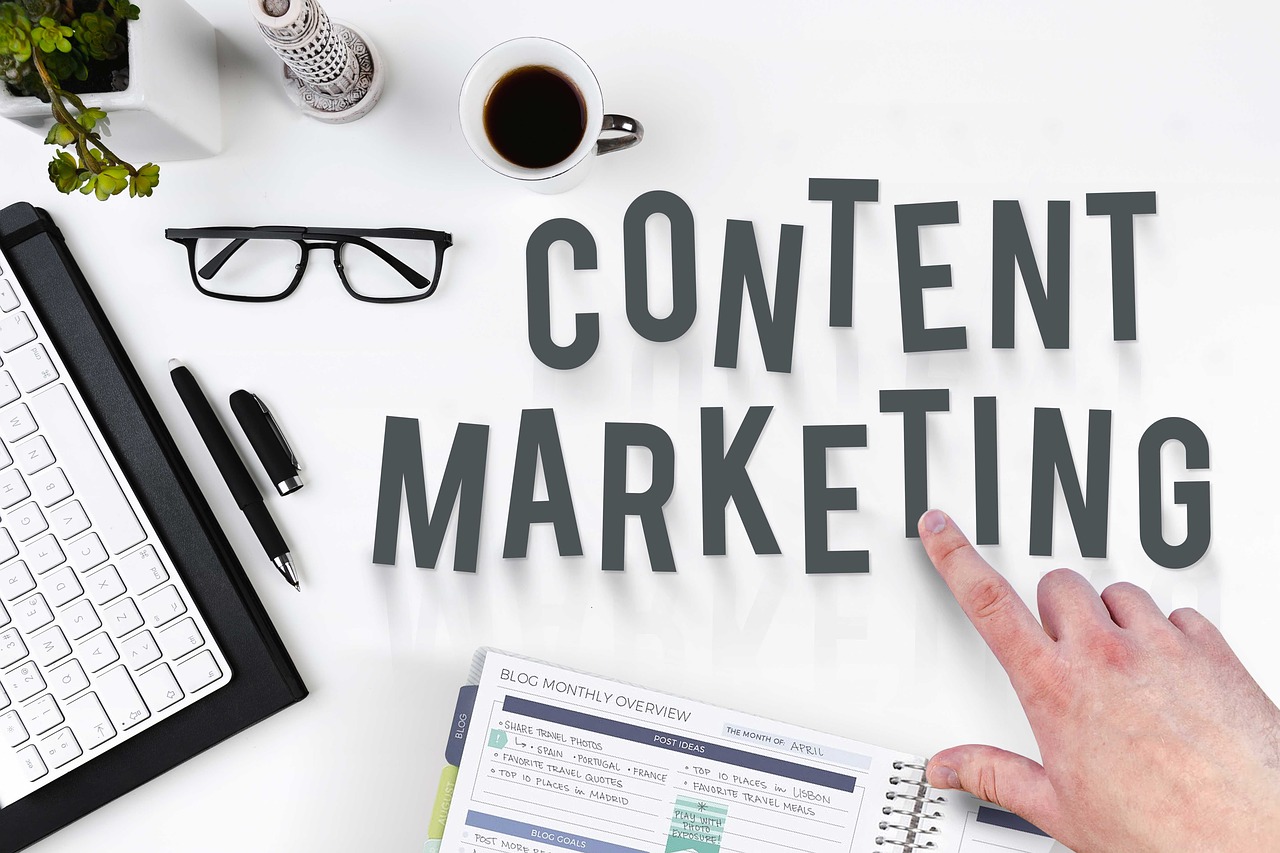Developing the Art of E-Commerce: 15 Tested Methods to Boost Conversion Rates and Take Control of Online Sales
In the fast-paced world of e-commerce, converting visitors into customers is the ultimate goal. Whether you’re a seasoned online retailer or just starting your digital storefront, improving your conversion rate is key to success. This comprehensive guide will walk you through 15 tried-and-tested strategies to boost your e-commerce conversion rates and take your online business to new heights.
1. Understanding Conversion Rate Optimization (CRO)
Before diving into specific strategies, it’s crucial to understand what conversion rate optimization (CRO) entails. CRO is the systematic process of increasing the percentage of website visitors who take a desired action, such as making a purchase, signing up for a newsletter, or filling out a contact form.
Your conversion rate is calculated by dividing the number of conversions by the total number of visitors and multiplying by 100. For example, if your e-commerce store receives 10,000 visitors in a month and 200 of them make a purchase, your conversion rate would be 2%.
Improving your conversion rate even by a small percentage can have a significant impact on your bottom line. For instance, increasing your conversion rate from 2% to 3% would result in a 50% increase in sales without any additional traffic!
2. The Power of First Impressions
They say you never get a second chance to make a first impression, and this holds especially true in the world of e-commerce. Your website’s design and layout play a crucial role in shaping visitors’ perceptions and influencing their decision to stay and explore or bounce away.
Here are some tips to create a stellar first impression:
-
Clean and Professional Design: Opt for a clean, uncluttered design that reflects your brand identity. Use high-quality images and a consistent color scheme throughout your site.
-
Clear Value Proposition: Communicate your unique selling points (USPs) prominently on your homepage. What sets you apart from competitors? Why should visitors choose your store?
-
Easy Navigation: Ensure your menu structure is intuitive and easy to use. Consider implementing a search bar with autocomplete functionality to help users find products quickly.
-
Fast Load Times: According to a study by Google, 53% of mobile users abandon sites that take longer than 3 seconds to load. Optimize your images, leverage browser caching, and consider using a content delivery network (CDN) to improve load times.
3. Streamlining the User Experience
A smooth, intuitive user experience (UX) is essential for keeping visitors engaged and guiding them towards conversion. Here are some ways to enhance your site’s UX:
-
Implement Faceted Search: Allow users to filter products by various attributes such as size, color, price range, and customer ratings.
-
Use Breadcrumbs: Implement breadcrumb navigation to help users understand their location within your site’s hierarchy and navigate back to previous categories easily.
-
Optimize Category Pages: Organize your products into logical categories and subcategories. Use clear, descriptive category names and consider adding category descriptions to provide context and improve SEO.
-
Implement Wishlist Functionality: Allow users to save items for later, which can increase the likelihood of future purchases and provide valuable data on customer preferences.
4. Leveraging Social Proof
Social proof is a powerful psychological principle that can significantly influence purchasing decisions. Incorporate various forms of social proof throughout your site to build trust and credibility:
-
Customer Reviews and Ratings: Display product reviews and ratings prominently on product pages. Consider using a third-party review platform like Trustpilot or Yotpo to add credibility to your reviews.
-
User-Generated Content: Showcase customer photos and videos of your products in use. This not only provides social proof but also gives potential buyers a better idea of how the product looks in real life.
-
Trust Badges: Display security badges, industry certifications, and awards to instill confidence in your brand and website security.
-
Testimonials: Feature customer testimonials on your homepage or create a dedicated testimonials page to showcase positive experiences with your brand.
5. Optimizing Product Pages
Your product pages are where the magic happens – they’re the final step before a visitor adds an item to their cart. Here’s how to optimize them for maximum conversions:
-
High-Quality Images: Use multiple high-resolution images showcasing the product from different angles. Consider implementing a zoom feature for detailed views.
-
Detailed Product Descriptions: Provide comprehensive, benefit-focused descriptions that address potential customer questions and concerns.
-
Clear Pricing and Availability: Display pricing information prominently and clearly indicate if a product is in stock or on backorder.
-
Size Guides: For clothing and footwear, provide detailed size guides to help customers choose the right fit and reduce returns.
-
Cross-Selling and Upselling: Showcase related products or complementary items to increase average order value.
6. Crafting Compelling Copy
The words you use can make or break a sale. Here are some tips for writing persuasive product descriptions and website copy:
-
Focus on Benefits: Instead of just listing features, explain how the product will improve the customer’s life or solve their problems.
-
Use Power Words: Incorporate emotionally charged words that trigger desire and urgency, such as “exclusive,” “limited time,” or “revolutionary.”
-
Tell a Story: Use storytelling techniques to create an emotional connection between the customer and the product.
-
Address Objections: Anticipate potential concerns or objections and address them proactively in your copy.
7. Implementing Effective CTAs
Your call-to-action (CTA) buttons are the gateway to conversion. Make them impossible to ignore with these tips:
-
Use Contrasting Colors: Ensure your CTA buttons stand out from the rest of the page by using a contrasting color that aligns with your brand palette.
-
Action-Oriented Text: Use clear, action-oriented language like “Add to Cart,” “Buy Now,” or “Get Your Free Trial.”
-
Create Urgency: Incorporate countdown timers or limited-time offers to encourage immediate action.
-
Optimize Button Placement: Position your CTAs where they’re easily visible and accessible, such as above the fold or at natural decision-making points in the user journey.
8. Offering Multiple Payment Options
The more payment options you offer, the more likely customers are to complete their purchase. Consider implementing:
- Credit/Debit Cards: Accept all major credit and debit cards.
- Digital Wallets: Offer popular options like PayPal, Apple Pay, and Google Pay.
- Buy Now, Pay Later: Partner with services like Klarna or Afterpay to offer installment payment plans.
- Cryptocurrencies: If your target audience includes tech-savvy customers, consider accepting Bitcoin and other popular cryptocurrencies.
9. Simplifying the Checkout Process
A complicated checkout process is one of the leading causes of cart abandonment. Streamline your checkout with these best practices:
- Guest Checkout Option: Allow customers to complete their purchase without creating an account.
- Progress Indicator: Show customers how many steps are left in the checkout process.
- Inline Form Validation: Provide real-time feedback on form fields to reduce errors and frustration.
- Address Autocomplete: Implement address autocomplete functionality to save time and reduce errors in shipping information.
10. Utilizing Exit-Intent Popups
Exit-intent popups can be a powerful tool for recovering potentially lost sales. When a visitor is about to leave your site, trigger a popup with:
- A special discount code
- A free shipping offer
- A reminder of items left in their cart
- An invitation to join your email list
While popups can be effective, use them judiciously to avoid annoying your visitors. Consider using tools like OptinMonster or Sumo to create and manage your exit-intent campaigns.
11. Personalizing the Shopping Experience
Personalization can significantly improve conversion rates by making customers feel valued and understood. Implement these personalization strategies:
- Product Recommendations: Use AI-powered tools to suggest products based on browsing and purchase history.
- Personalized Email Campaigns: Segment your email list and send targeted campaigns based on customer behavior and preferences.
- Dynamic Pricing: Offer personalized discounts or bundle deals based on a customer’s purchase history or cart value.
- Geolocation: Customize content, currency, and shipping options based on the visitor’s location.
12. Implementing a Solid Return Policy
A clear, customer-friendly return policy can alleviate concerns and encourage purchases. Consider:
- Offering free returns
- Extending the return window (e.g., 60 or 90 days)
- Providing easy-to-follow return instructions
- Offering multiple return options (e.g., in-store, mail-in)
Make sure your return policy is easily accessible from your product pages and checkout process.
13. Optimizing for Mobile
With mobile commerce on the rise, ensuring a seamless mobile experience is crucial. Here’s how to optimize for mobile users:
- Responsive Design: Ensure your site looks and functions well on all device sizes.
- Mobile-Specific Features: Implement mobile-friendly features like swipe gestures and touch-friendly buttons.
- Optimize Page Speed: Use Google’s PageSpeed Insights tool to identify and address mobile performance issues.
- Simplified Navigation: Create a streamlined mobile menu that’s easy to use with one hand.
14. Leveraging Email Marketing
Email marketing remains one of the most effective channels for driving e-commerce conversions. Implement these email strategies:
- Welcome Series: Create a series of onboarding emails for new subscribers to introduce your brand and showcase your best products.
- Abandoned Cart Reminders: Send automated reminders to customers who’ve left items in their cart.
- Post-Purchase Follow-ups: Request reviews, offer related products, or provide usage tips after a purchase.
- Re-engagement Campaigns: Target inactive subscribers with special offers to win them back.
Consider using email marketing platforms like Mailchimp or Klaviyo to automate and optimize your email campaigns.
15. Continuous Testing and Improvement
Conversion rate optimization is an ongoing process. Regularly test and refine your strategies to continually improve your results:
- A/B Testing: Test different versions of your pages, CTAs, and email campaigns to identify what works best.
- User Testing: Conduct user testing sessions to gather qualitative feedback on your site’s usability.
- Heat Mapping: Use tools like Hotjar to visualize how users interact with your pages.
- Customer Surveys: Gather direct feedback from your customers to identify pain points and areas for improvement.
Comparison of CRO Tools
To help you choose the right tools for your CRO efforts, here’s a comparison of some popular options:
| Tool | Key Features | Pricing | Best For |
|---|---|---|---|
| Google Optimize | A/B testing, Multivariate testing, Personalization | Free (with paid enterprise version) | Beginners and small businesses |
| Optimizely | A/B testing, Multivariate testing, Personalization, Feature flagging | Custom pricing | Mid to large-sized businesses |
| VWO | A/B testing, Multivariate testing, Heatmaps, Session recordings | Starts at $199/month | E-commerce businesses of all sizes |
| Hotjar | Heatmaps, Session recordings, Surveys, Feedback polls | Free plan available, paid plans start at $39/month | Businesses focused on user behavior analysis |
| Crazy Egg | Heatmaps, A/B testing, Session recordings, User surveys | Starts at $24/month | Small to medium-sized businesses |
FAQs
-
Q: What is a good conversion rate for e-commerce?
A: While average conversion rates vary by industry, a good benchmark for e-commerce is around 2-3%. However, top-performing sites can achieve rates of 5% or higher. Focus on continually improving your rate rather than hitting a specific number. -
Q: How long does it take to see results from CRO efforts?
A: The timeline for seeing results can vary depending on your traffic volume and the changes implemented. Some improvements may show results within days, while others might take weeks or months to fully realize their impact. Patience and consistent testing are key. -
Q: Should I focus on increasing traffic or improving conversion rates?
A: Both are important, but improving conversion rates often provides a better return on investment. It’s generally easier and more cost-effective to convert existing traffic than to attract new visitors. Ideally, you should work on both aspects simultaneously. -
Q: How often should I run A/B tests?
A: A/B testing should be an ongoing process. Aim to have at least one test running at all times. However, ensure each test runs long enough to gather statistically significant data before drawing conclusions. -
Q: Can improving site speed really impact conversion rates?
A: Absolutely! Studies have shown that even a one-second delay in page load time can result in a 7% reduction in conversions. Prioritizing site speed can lead to significant improvements in user experience and conversion rates.
By implementing these strategies and continuously refining your approach, you’ll be well on your way to increasing your e-commerce conversion rates and driving more sales. Remember, CRO is an ongoing process, so stay curious, keep testing, and always put your customers’ needs first.
For more insights on e-commerce optimization, check out these valuable resources:
Good luck on your journey to e-commerce success!





